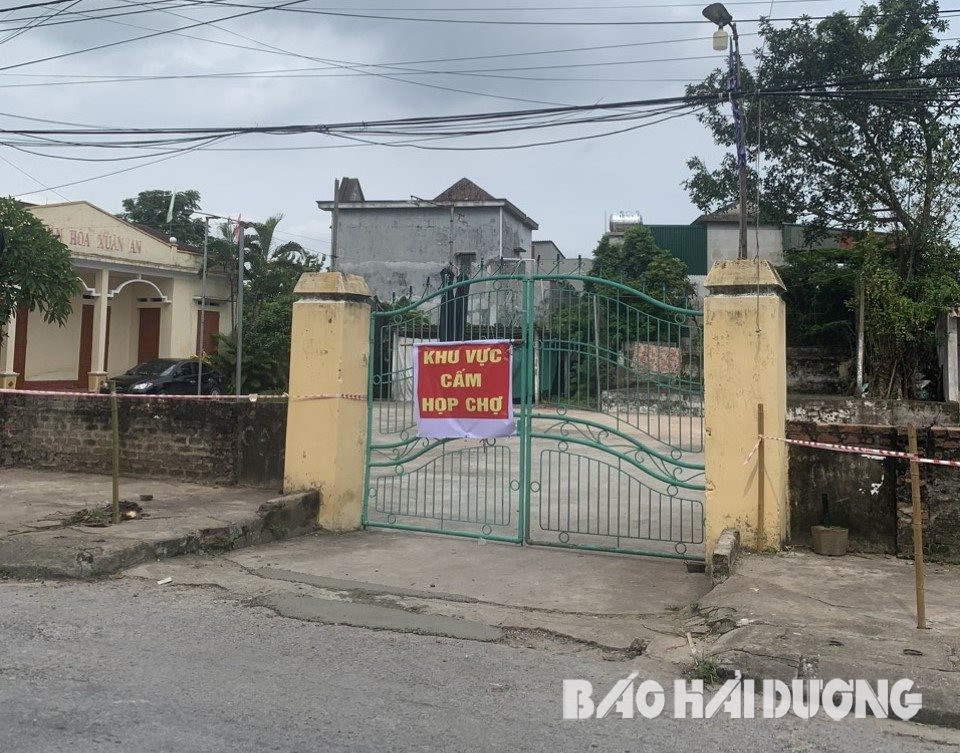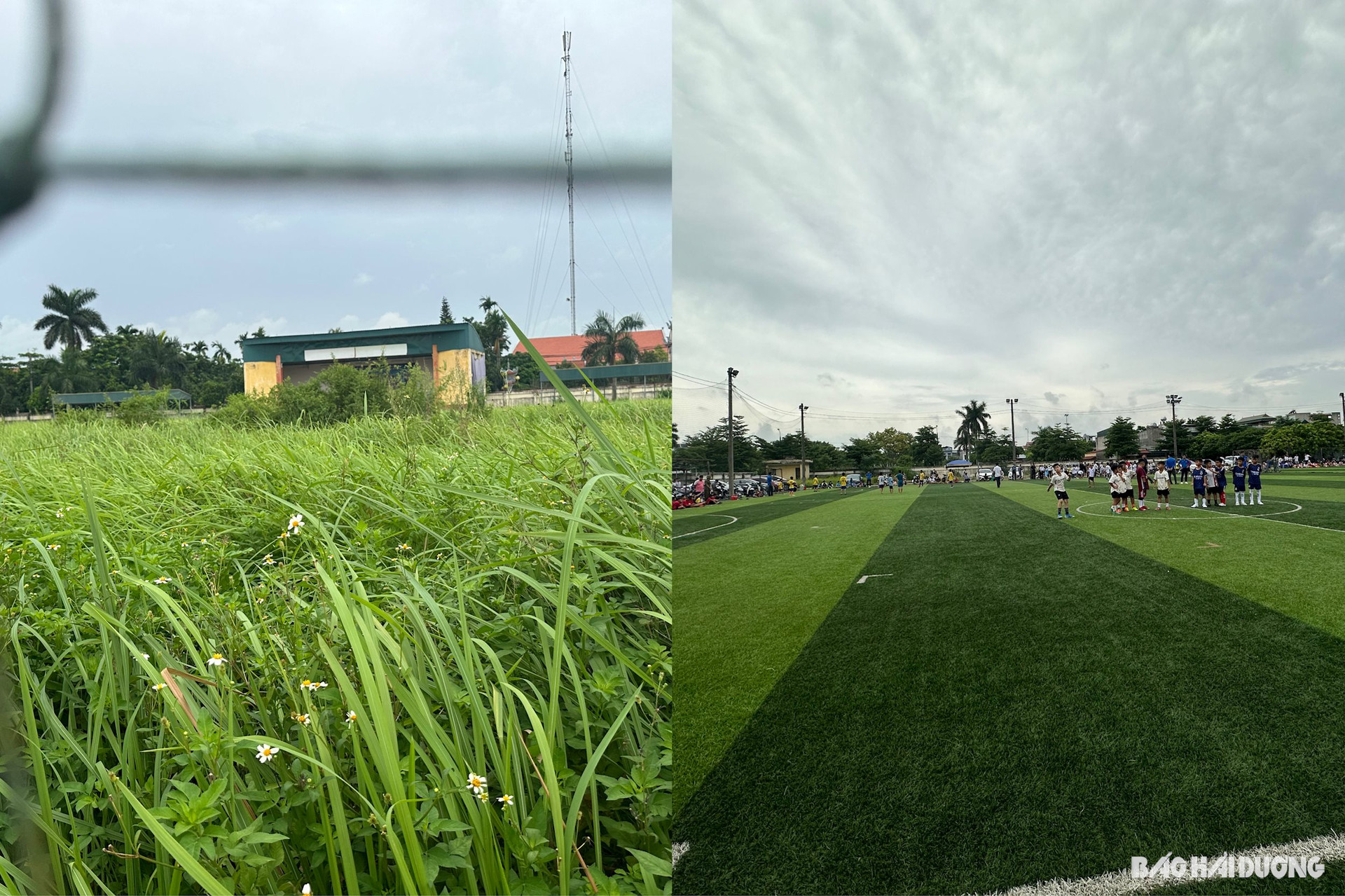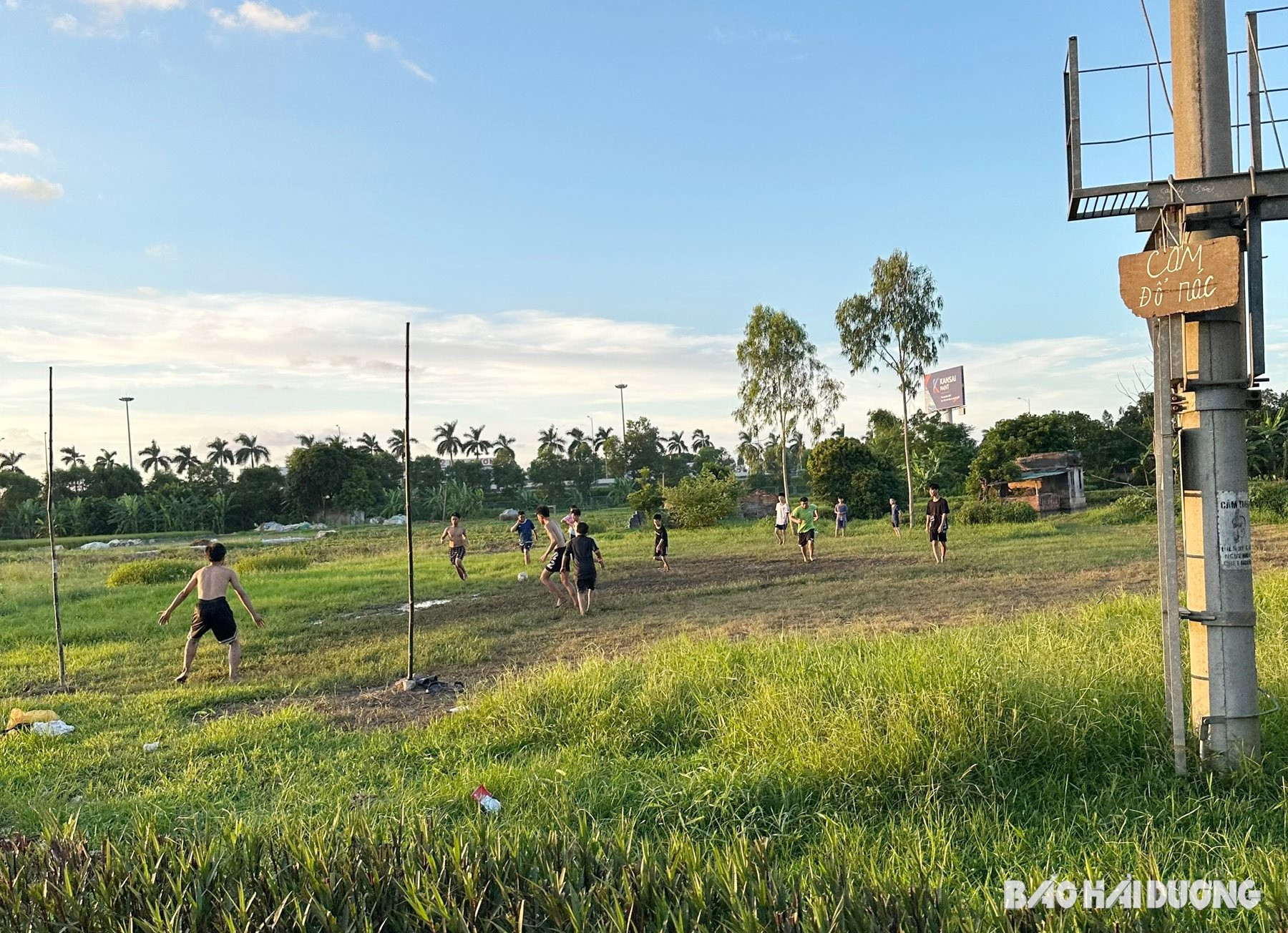Many cultural houses and sports grounds in Hai Duong are closed, locked, and deserted. The desire to be "revived" is unknown when it will come true.

Village cultural houses, residential areas or sports grounds are close cultural institutions, providing free services for people to participate in cultural, artistic and sports activities. Responding to the movement to build new rural areas, many of these institutions were renovated and built, but after a few years they deteriorated, even left abandoned, and fell into a state of closed doors and locks. Originally intended to serve the people, now the deterioration and locks in these supposed public places have separated people from their legitimate needs and interests.
The Culture Committee - Hai Duong Provincial People's Council has just supervised the current status of grassroots cultural institutions in the province. In some places, although led by district officials, the monitoring team had to wait quite a long time for the facility to find someone to open the door to survey some district sports fields, village cultural houses, and residential areas. So what can people do if they want to use and operate in these places?

At a working session with the Department of Culture, Sports and Tourism, when discussing the subsidy regime for caretakers of cultural houses and sports grounds, comrade Nguyen Khac Toan, member of the Provincial Party Committee, Vice Chairman of the People's Council of Hai Duong province, said that these places should be opened for people to come and use, not locked and then spend more money on security, and should spend money on facilities and activities of cultural institutions. If you are worried about theft, you should only lock the equipment in the cultural house and sports ground, not lock the whole house and yard and make it difficult for people to use.
This opinion makes many people ponder because the grassroots cultural institutions are there to serve the people, but people find it difficult to enjoy them. Meanwhile, many cultural houses and stadiums are abandoned and seriously degraded. In recent years, there has been a movement to put up free bookshelves in cultural houses, but if the doors are locked, how can people get in to read? Reality shows that the less facilities are used and renovated, the more likely they are to become abandoned and degraded.
In Hai Duong City, I saw a lucky residential area with a large cultural house or an empty yard, then a group of badminton players pooled money to build a yard and then contributed a small amount of money to the area every month. So, as an unwritten rule, that yard became theirs, only when they weren't playing badminton would it be the turn of other residents, associations, and groups to use it.

District and commune sports grounds are also facing a similar situation. Speaking at the 20th Provincial Party Committee Conference, Comrade Duong Van Xuyen, Provincial Party Committee member and Secretary of Nam Sach District Party Committee, said that the management of cultural institutions at the grassroots level is difficult, investment is not funded, ineffective, and private capital is invested, and operation is not in accordance with regulations.
In fact, in Nam Sach district, the central stadium of the district has to be divided in two. One half has artificial turf and the necessary facilities for the football field are invested by private land renters. The other half is overgrown with grass and is wild. People who want to play football have to pay to rent the private field.
That is the common situation of many cultural houses and sports grounds in the province. Management agencies also face difficulties.
Some people think that because no one goes to the cultural house to read books, play games, play soccer, or play sports, people leave it abandoned or lock the door. However, in reality, in some places that are well-maintained, have spacious facilities, and wide open gates, they attract many people to come and participate in activities during the summer.
Therefore, practical solutions are needed to "revive" these institutions. While the investment capital is not too large and many people are willing to contribute to improve the cultural institutions where they live, "reviving" cultural houses and sports fields is not too difficult, first of all, it requires the attention and drastic participation of local Party committees and authorities.
HAI AN